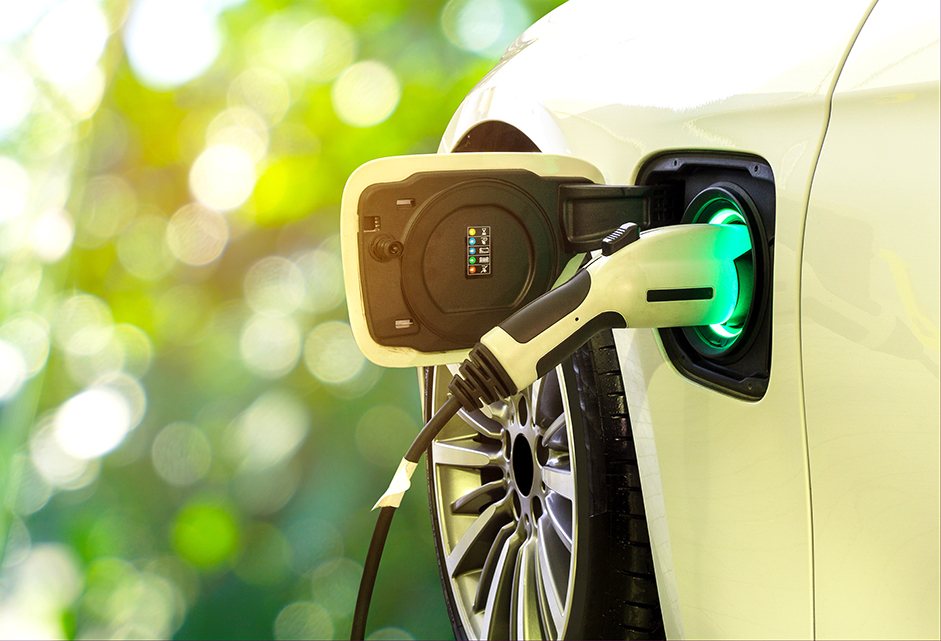One of the greatest challenges in encouraging widespread adoption of EVs is the “chicken and egg” relationship between EVs and charging infrastructure.
Charging infrastructure needs to be in place to give consumers and businesses the confidence to purchase an EV. Yet, to provide appropriate numbers of chargepoints, there needs to be an understanding of the level of demand from potential EV users.
Published in July 2018, The Road to Zero describes the Government’s ambition to end the sale of new conventional petrol and diesel cars and vans by 2040. By 2030, the Government’s ambition is that at least 50 per cent, and as many as 70 per cent, of new car sales – and up to 40 per cent of new van sales – should be ultra-low emission.
Ultra-low emission vehicle (ULEV) is the term used to describe any vehicle that:
- uses low carbon technologies
- emits less than 75g of CO2/km from the tailpipe (this will be reduced to 50g from 2021 recognising advances in technology)
- is capable of operating in zero tailpipe emission mode for a range of at least ten miles.
Based on this ambition, Energy Saving Trust (EST) have forecast the number of electric and hybrid vehicles up to 2040 that can be expected to join the UK’s roads.
For context, the total number of cars on the UK’s roads was 31.2 million in 2017.12
By 2030, it is anticipated that there will be between approximately 8 million and 11 million hybrid or electric cars in the UK, if uptake is aligned with the Road to Zero (RTZ) targets. By 2040, the number of hybrid or electric cars could reach 25.5 million. Whilst conventional hybrid vehicles (that cannot be plugged in) will initially form many these sales, it is expected that plug-in hybrid and EVs will make up an increasing proportion as technology develops.

